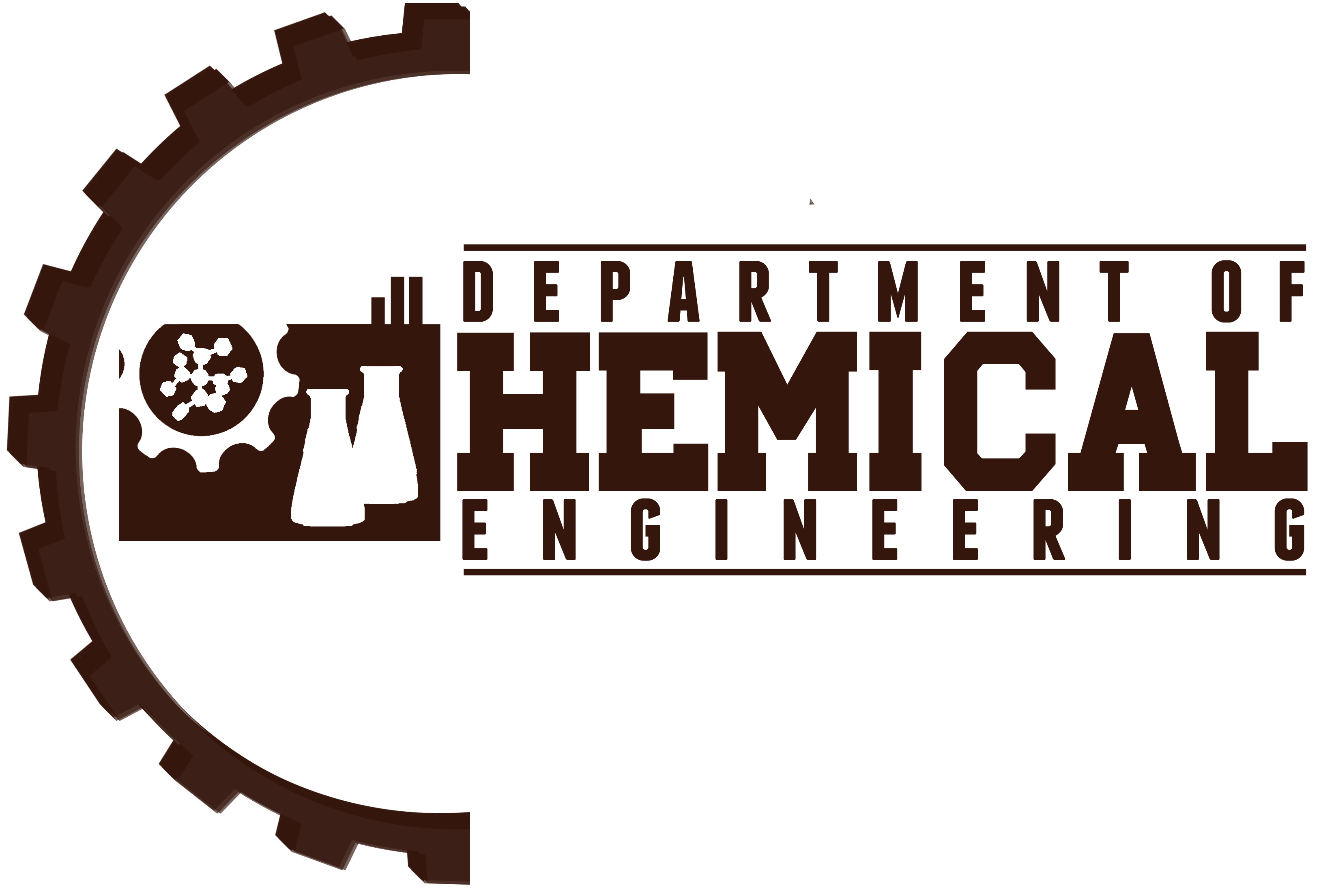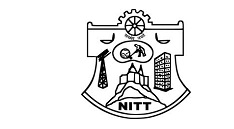CL304
CHEMICAL REACTION ENGINEERING - II
FACULTY MEMBER : Prof.P. SIVASHANMUGAM
OBJECTIVE :
The objectives of this course is to make the student understand principles and practices followed in chemical industries with respect to reactor design and operation.
1. Modes of contacting different phases:
Self mixing of single fluids, mixing of two miscible fluids, Introduction. Design for heterogeneous reacting systems.
2.Design of reactor for non catalytic reactions:
Fluid-particle systems: Models for non-catalytic heterogeneous reactions, their limitations, selection and their applications to design.
3. Design of Slurry Reactor:
Fluid- Fluid Reactions: Rate equations for instantaneous, fast, intermediate, slow, and infinitely slow reactions. Slurry reaction kinetics. Application to design.
4.Characterisation of catalyst:
Catalysis: Introduction. Physical and chemical adsorption catalysts. Preparation and properties. Promoters. Inhibitors. Poisons. Surface area by BET method. Pore size distribution, Catalysts deactivation.
5. Kinetics of heterogeneous chemical reaction:
Kinetics and mechanism of heterogeneous catalytic reactions. Various models. Evaluation and elimination of internal and external diffusional resistances, effectiveness factor. Solid catalysed reactions, heat effects, controlling resistances, rates of chemisorption, adsorption isotherms, rates of adsorption and desorption.
TEXTBOOK :
1. O. Levenspiel, "Chemical Reaction Engineering", 2nd Edn., Wiley Easter Ltd., New York, 1972.
REFERENCE :
2. J.M.Smith, "Chemical Engineering Kinetics",2nd Edn., McCraw Hill, New York, 1971.
3. H.Scott Fogler, “Elements of Chemical Reaction Engineering”, 4th Edn., Prentice Hall of India Ltd.,2008.

